When it comes to decorating our indoor spaces, plants are the perfect solution for bringing life and color to any room. However, not everyone has the luxury of bright, direct sunlight. Many of us deal with dim corners or shaded areas where sunlight is filtered or scarce. Fortunately, there are plenty of indoor plants that thrive in indirect light, allowing you to create a vibrant green environment without requiring direct sun exposure.
ZZ Plant (Zamioculcas zamiifolia)
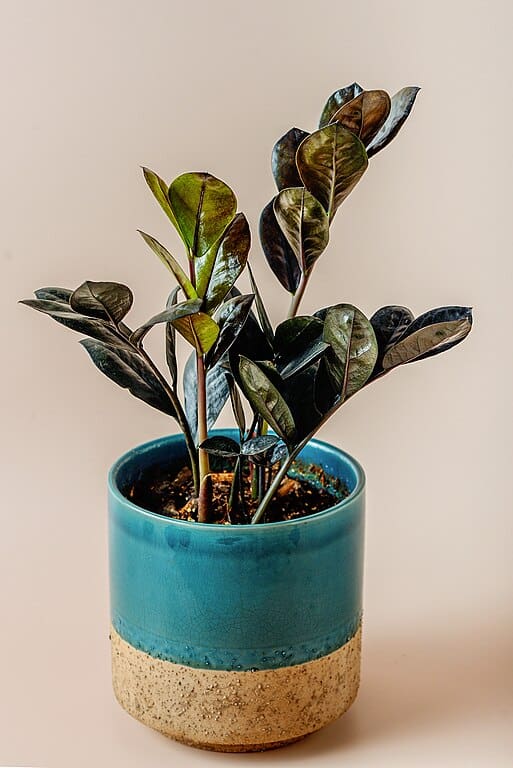
The ZZ plant is a favorite among indoor gardeners for its shiny, dark green leaves and resilience. This plant tolerates low light and drought, making it perfect for busy individuals or those new to plant care. Additionally, the ZZ plant is known for its air-purifying qualities, removing toxins like xylene and toluene from the air. Just remember to let the soil dry out completely between waterings.
Snake Plant (Sansevieria trifasciata)
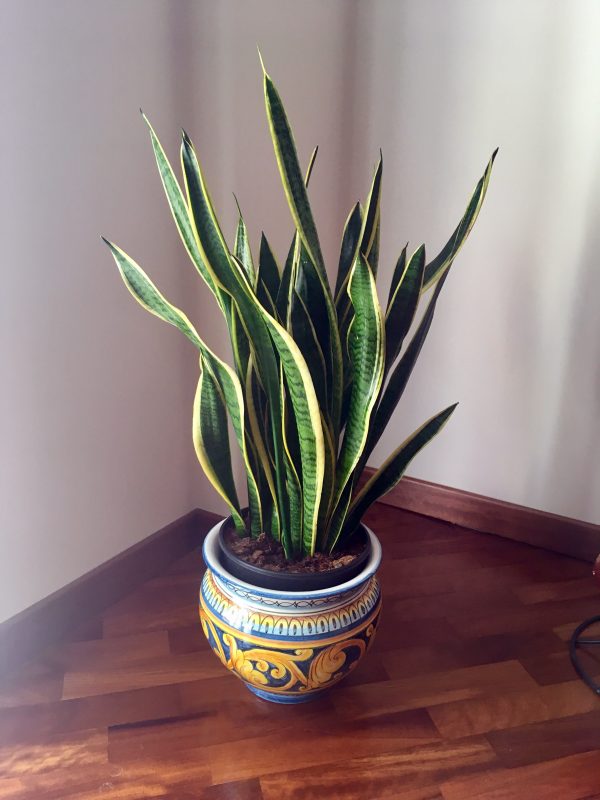
Perhaps one of the most well-known indoor plants, the Snake Plant or Mother-in-Law’s Tongue is an exceptional choice for low-light environments. Its striking sword-like leaves come in various hues of green and yellow, adding visual interest to any space. This hardy beauty not only survives in low light; it also requires minimal water, making it ideal for forgetful plant owners.
Cast Iron Plant (Aspidistra elatior)
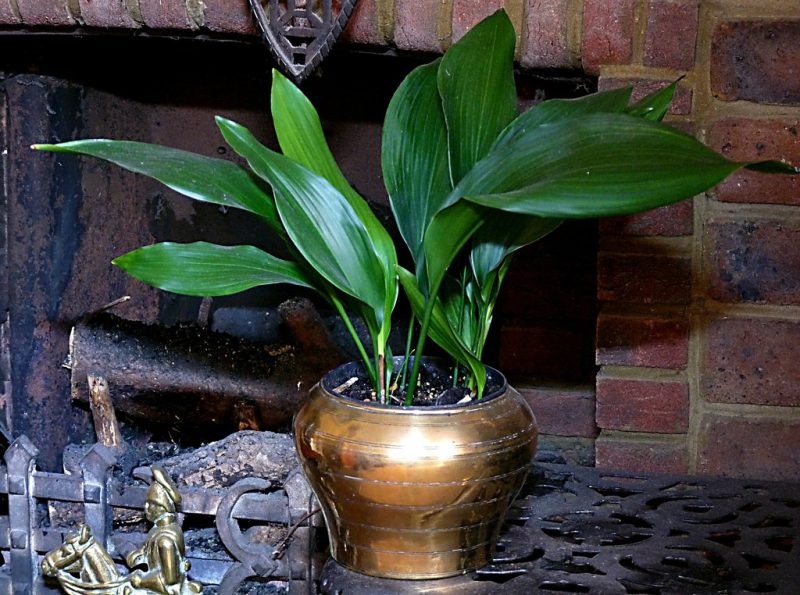
True to its name, the Cast Iron Plant is a tough contender against neglect. This evergreen perennial can thrive in a range of conditions, including low light and poor soil. Its lush, dark green leaves can grow quite large, creating a dramatic effect in any room. The Cast Iron Plant is a great option for those looking to add low-maintenance greenery to their homes.
Pothos (Epipremnum aureum)
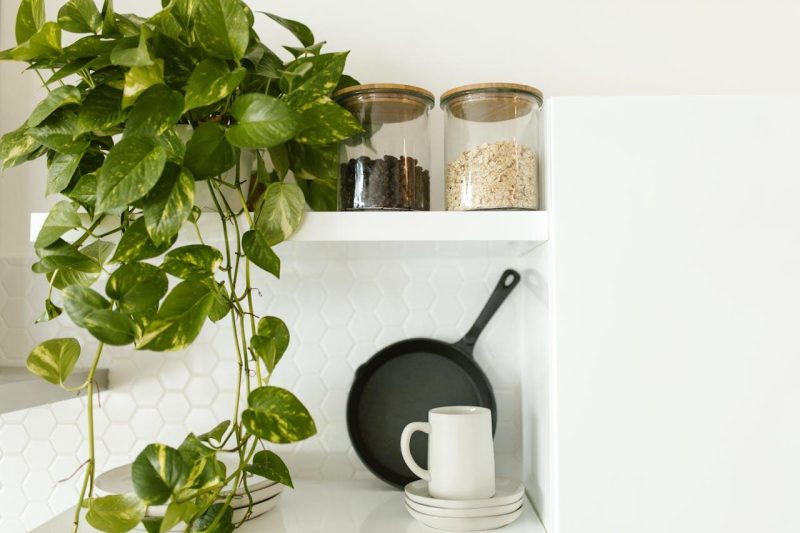
Pothos, often referred to as Devil’s Ivy, is a popular trailing vine characterized by its heart-shaped leaves that come in various shades, including green, yellow, and variegated forms. This plant adapts effortlessly to low-light conditions and is remarkably forgiving. Whether you hang it in a basket or place it on a shelf, Pothos adds a touch of elegance to any indoor setting.
Parlor Palm (Chamaedorea elegans)
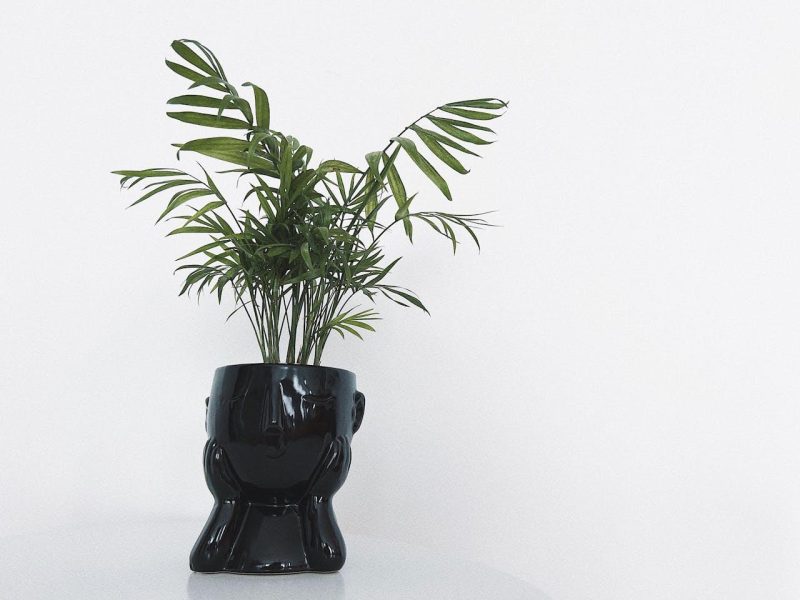
This classic indoor palm is known not only for its ability to thrive in indirect light but also for its air-purifying properties. The Parlor Palm features feathery fronds that can grow quite tall, adding a tropical feel to your home. Its slow growth rate means it won’t outgrow your space too quickly, making it an excellent choice for smaller areas.
Chinese Evergreen (Aglaonema)
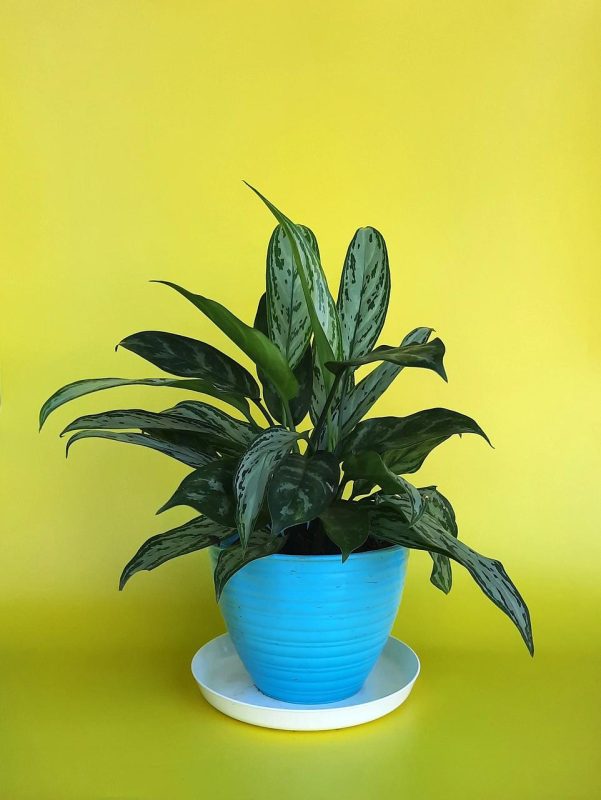
Chinese Evergreen is one of the most versatile houseplants, adapting well to various lighting conditions, particularly indirect light. Its mottled leaves come in shades of green, silver, and pink, creating a stunning visual effect. Additionally, this plant is known for being low-maintenance and tolerant of neglect, requiring watered only when the soil dries out.
Rubber Plant (Ficus elastica)
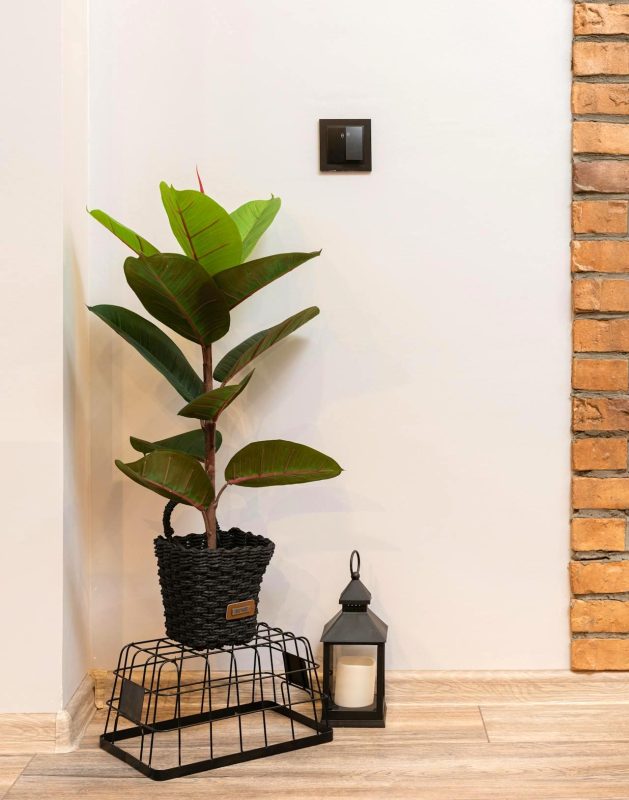
With its glossy, dark green leaves, the Rubber Plant adds a touch of elegance to any indoor space. This plant can grow quite large and prefers indirect light, making it suitable for bright rooms without direct sunlight. While it can tolerate some neglect, regular watering and occasional pruning help keep it healthy and looking its best.
Dracaena Marginata
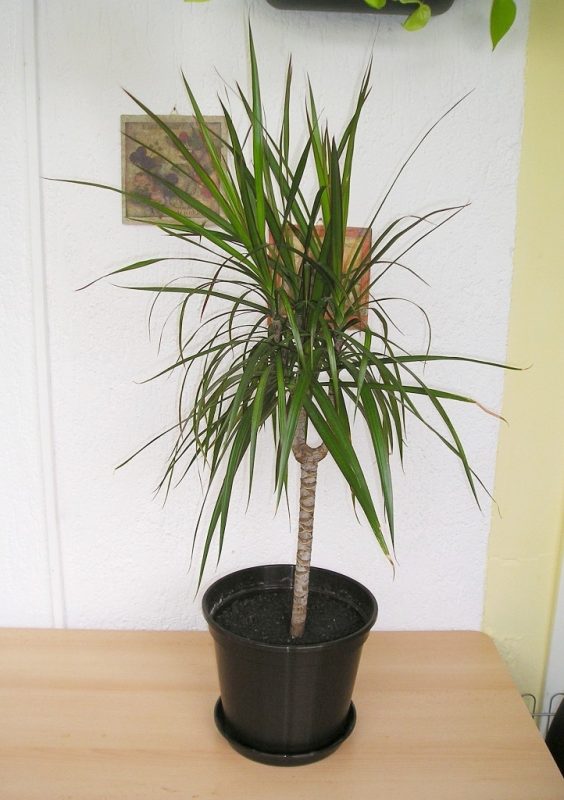
The Dracaena Marginata, often called the Dragon Tree, is a striking indoor plant known for its long, slender leaves that are edged with red. It thrives in indirect light and can grow tall, making it an excellent choice for filling empty corners. The Dracaena Marginata is also relatively easy to care for, requiring only moderate watering.
Peace Lily (Spathiphyllum)
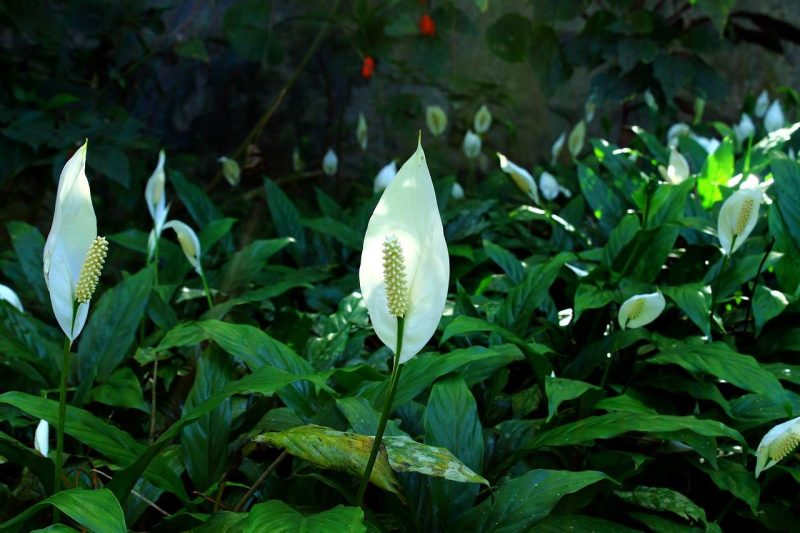
The Peace Lily is a stunning addition to any indoor garden, recognized for its striking white flowers that bloom amidst lush, green foliage. This plant thrives in low to moderate light and prefers moist soil. Known for its air-purifying abilities, the Peace Lily not only enhances your decor but also contributes to a healthier indoor atmosphere.
Spider Plant (Chlorophytum comosum)
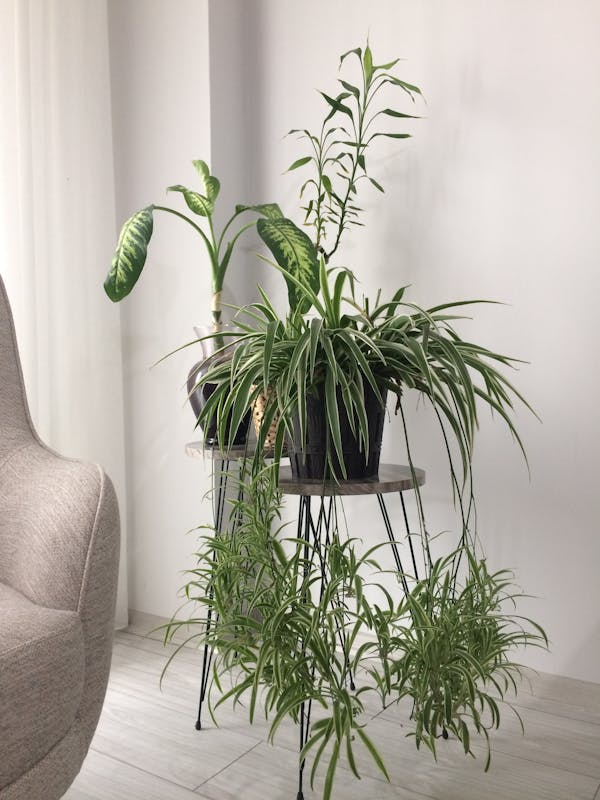
The Spider Plant is a well-loved classic known for its arching green leaves that produce adorable “baby” plants, making it an excellent choice for hanging baskets. This plant thrives in low to indirect light and is incredibly forgiving, tolerating occasional neglect. The Spider Plant is also known to improve indoor air quality, making it a practical and attractive choice for your home.
Boston Fern (Nephrolepis exaltata)
The Boston Fern is a lush, feathery plant that adds a touch of greenery and texture to any indoor space. While it prefers a bit more humidity, it does well in indirect light. The plant’s ability to remove pollutants from the air makes it not only a beautiful choice but also a beneficial one. Regular misting and a consistent watering schedule will help keep this fern thriving and lush.
Lady Finger Plant (Asparagus setaceus)
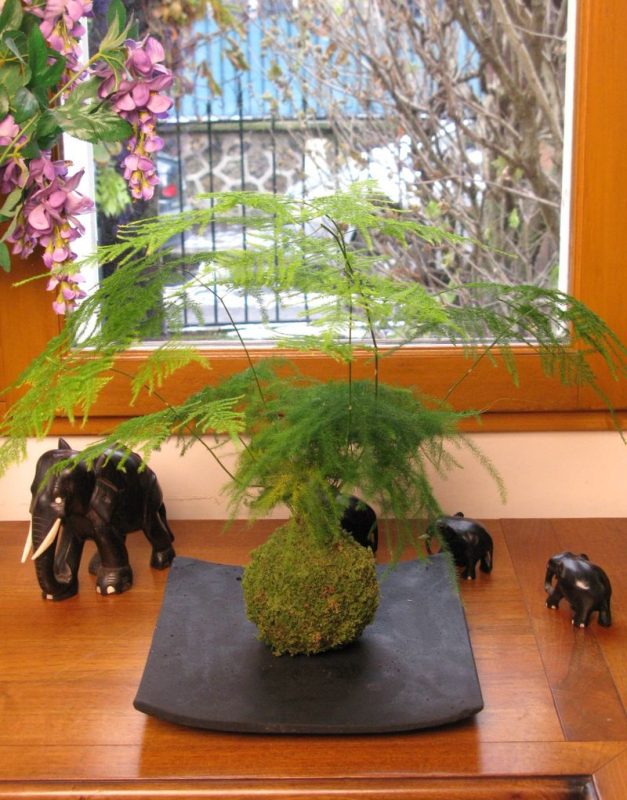
With its delicate, feathery foliage, the Lady Finger Plant, also known as the Ferny Asparagus, brings an air of elegance to indoor spaces. Ideal for indirect light, it is perfect for those who enjoy a more unique texture in their greenery. This plant requires moderately moist soil and benefits from regular trimming to maintain its bushy appearance, making it an attractive conversation piece in any room.
Japanese Sago Palm (Cycas revoluta)
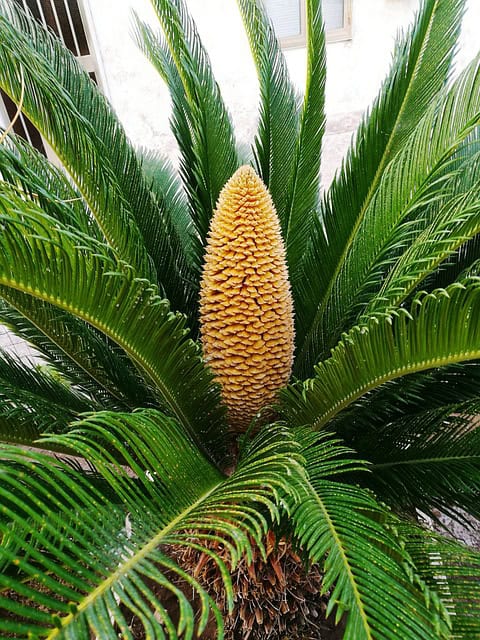
The Japanese Sago Palm is not a true palm but a cycad, yet its striking appearance makes it a favorite among indoor gardeners. This slow-growing plant prefers indirect light and can thrive with minimal care. Featuring stiff, feathery fronds, it adds a bold statement to your space. While it can tolerate varying light conditions, be sure to avoid overwatering, as it is more tolerant of drought than overly moist soils.
Silver Satin Pothos (Scindapsus pictus)
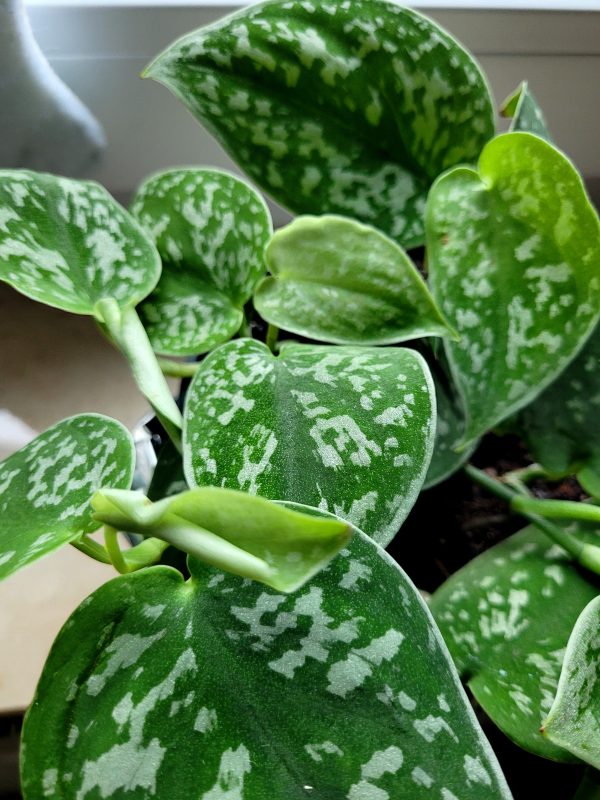
If you’re looking for something both beautiful and unique, the Silver Satin Pothos is an excellent choice. With its heart-shaped leaves adorned with silvery variegation, this plant thrives in low to indirect light. It is a versatile vine that can be trained to climb or allowed to cascade down from a shelf or hanging planter. Like standard Pothos, it is low-maintenance and tolerant of neglect, perfect for those new to plant care.
Calathea Orbifolia
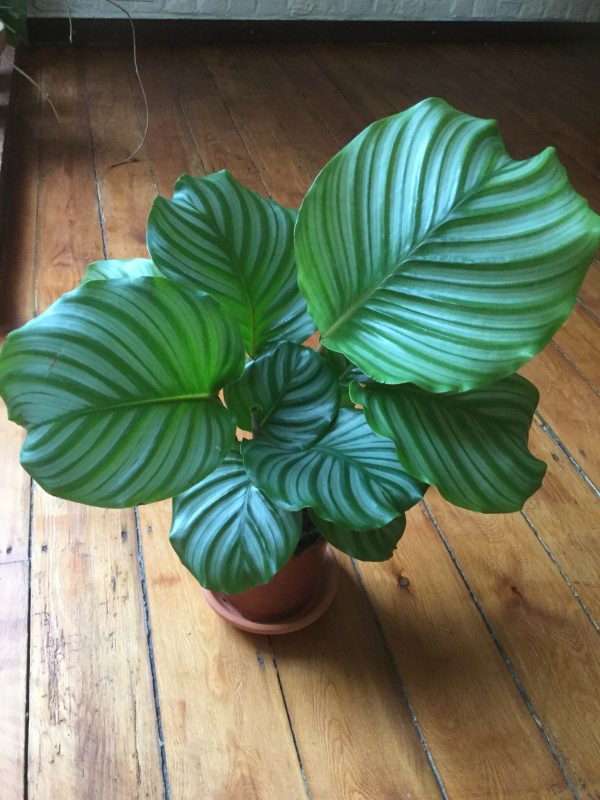
The Calathea Orbifolia is not only stunning but also an excellent choice for shaded areas. Its large, round leaves feature striking patterns and a unique texture, providing a focal point in any indoor garden. This tropical beauty prefers indirect light and high humidity, making it a perfect candidate for bathrooms or kitchens where it can thrive with little effort. Regular misting and occasional watering will keep its leaves vibrant and fresh.
Fiddle Leaf Fig (Ficus lyrata)
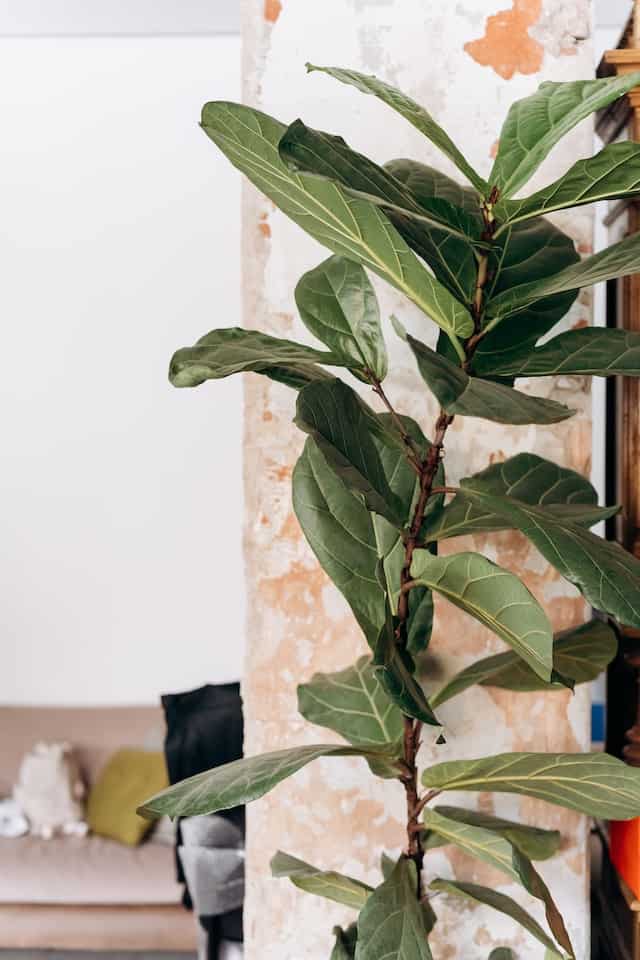
The Fiddle Leaf Fig is an iconic indoor plant that has taken the interior design world by storm. Known for its large, dramatic leaves that stand upright, this plant prefers bright, indirect light and can become quite a statement piece in your home. While it may require a bit more attention than some of the other plants on this list, the rewards of having this eye-catching beauty are well worth the effort.
Nerve Plant (Fittonia)
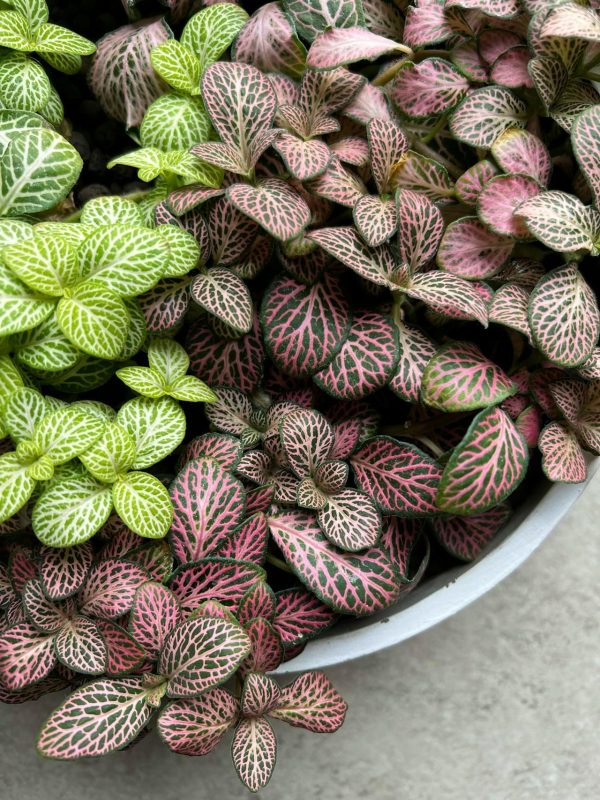
The Nerve Plant adds a touch of whimsy with its intricately veined leaves, available in green, white, or even pink varieties. This small, low-growing plant thrives in indirect light and enjoys high humidity, making it perfect for closed terrariums or as part of a larger indoor plant display. Its vibrant colors and unique patterns make it a popular choice for plant enthusiasts looking to liven up their space.
Rattlesnake Plant (Calathea lancifolia)
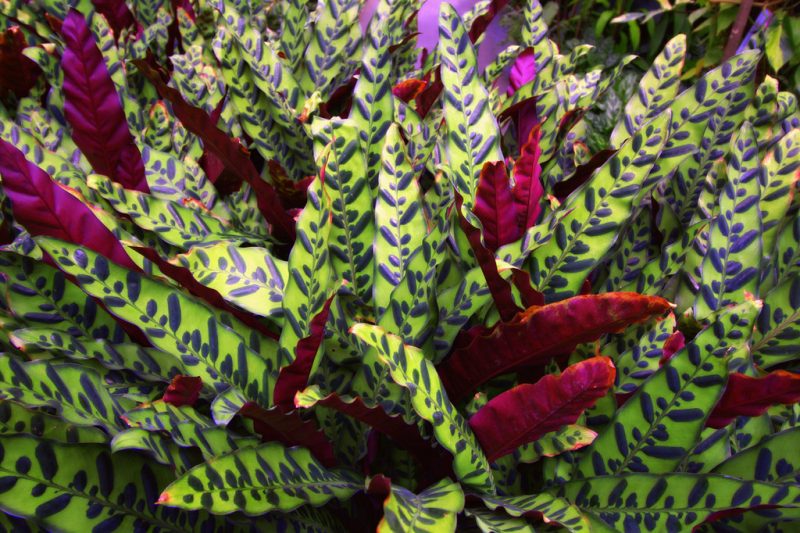
The Rattlesnake Plant is known for its striking, wavy-edged leaves adorned with deep green blotches. This tropical plant thrives in low light and prefers a humid environment, making it ideal for bathrooms or kitchens. It’s also one of the few plants that will actually react to changes in light, curling its leaves in the evening and unfurling them in the morning. This dynamic quality makes it an engaging and attractive addition to any indoor garden.
Prayer Plant (Maranta leuconeura)
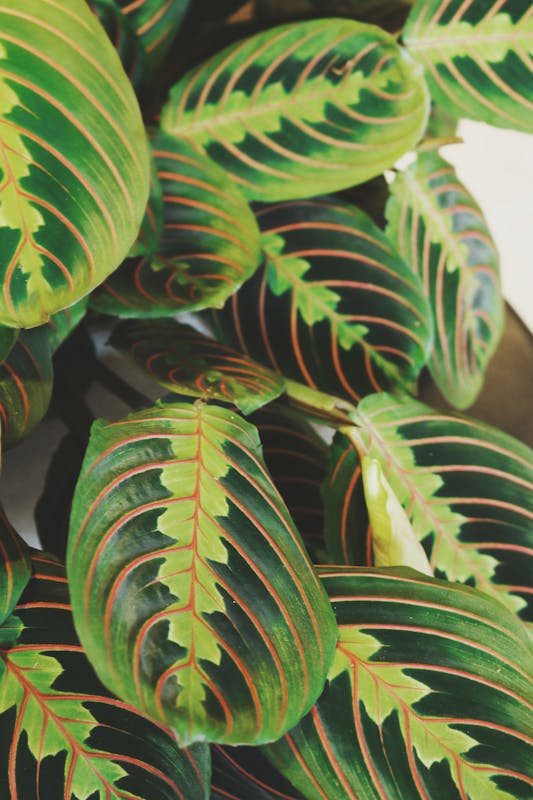
The Prayer Plant is named for its unique leaf movement. Its oval leaves have stunning patterns and often feature dark markings that create an eye-catching design. Preferring indirect light, this plant thrives when it has a little humidity. It’s perfect for tabletops or as a hanging plant because of its tendency to grow low and wide. The Prayer Plant is not just a beautiful decorative piece; it’s also a fascinating plant to observe as it reacts to light changes throughout the day.
Peperomia Watermelon (Peperomia argyreia)
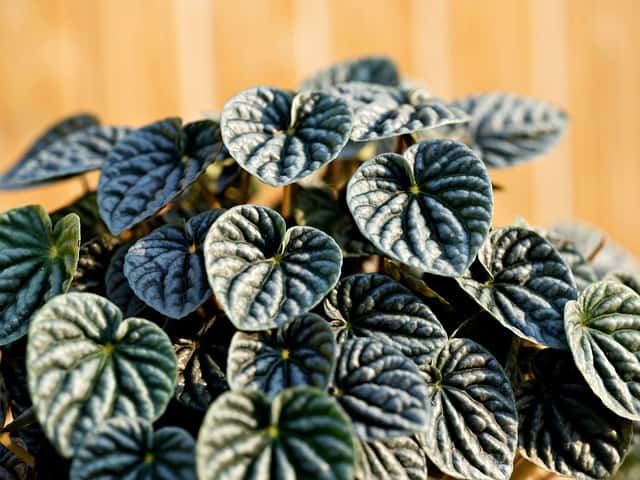
The Watermelon Peperomia stands out with its round leaves marked with a striking pattern reminiscent of a watermelon rind. Thriving in low to indirect light, this compact plant requires little attention and is perfect for small spaces or desks. With its unique aesthetic and relatively easy care regimen, the Watermelon Peperomia is a delightful addition to your indoor collection.
Conclusion
Creating an indoor oasis doesn’t require direct sunlight. With these twenty unique plants, you can curate a lush, vibrant space that thrives even in low-light conditions. Each plant offers distinct features and varying levels of care, ensuring there’s a perfect match for every lifestyle. Whether you’re an experienced plant parent or just starting out, these beautiful green companions will bring joy and serenity to your home. So, choose your favorites, and let your indoor garden flourish!





